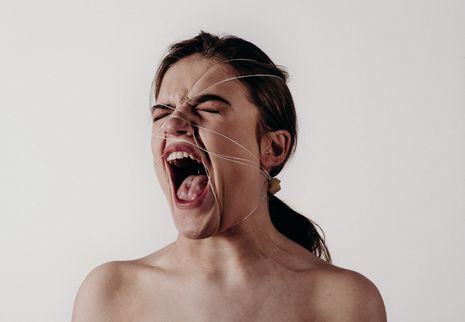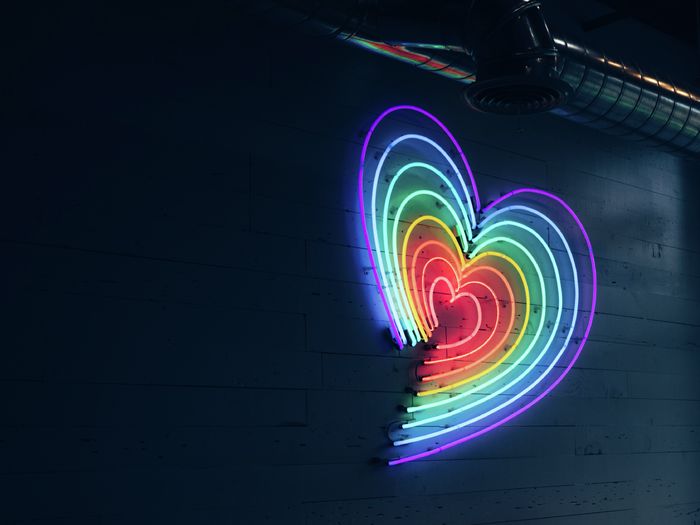An ode to the on-screen angry woman
Alice Burton explores what makes the female anti-hero such a refreshing trope

The anti-hero: an archetype associated with some of the most iconic figures of film history. Think Tony Soprano, Jordan Belfort, Tyler Durden, and any Al Pacino character. Gangsters, psychopaths, billionaires; also, usually men.
Yet, when in search of a more complex, less clichéd protagonist I instead find myself turning to the all-the-more twisted, yet often overlooked, female forms of this anti-hero archetype, like those in Heathers, Jennifer’s Body and I, Tonya; women who leave chaos, death and destruction in their wake. The female anti-hero is not a sub-genre of a male art form; Adam wasn’t the original anti-hero: Eve was.
‘Feminine rage’ is a term that has recently been floating around in response to this new wave of violent, angry and unpredictable women on screen; particularly following the buzz around Phoebe Waller-Bridge’s celebrated shows Fleabag and Killing Eve. The ruthlessness of Russian psychopath-assassin Villanelle has captured audiences’ imaginations. She takes ownership of traits typically reserved for male characters, as we watch her devise increasingly elaborate murders and command every room she enters. The politically charged, sexist words of ‘melodrama’ and ‘hysteria’ have no place in her cool and calculated world.
“She takes ownership of traits typically reserved for male characters”
And then we have Fleabag’s main character. She is, at first glance, devoid of any redeeming qualities; compulsively lying and stealing, and unafraid of making people uncomfortable. “Being proper and sweet and nice and pleasing is a f***ing nightmare. It’s exhausting”. She repeatedly smuggles a nude statue out of her godmother’s house, announces concerns about her small boobs in a Quaker meeting and smashes a tray of champagne flutes at an art exhibition. But we don’t condemn Fleabag for these hiccups because we watch precisely for the catharsis of her lashing out against her unbearably snide step-mother and the ceaselessly patronising men she encounters.
In the final scenes of Midsommar, the grieving Dani’s self-centred and condescending boyfriend is (to her peculiar delight) burned alive. In Jennifer’s Body, the eponymous hyper-sexualised high school student makes sex appeal her weapon; on a demonic killing spree, she seduces and devours the male students at her school (forever in mourning of the deleted scene leaked on YouTube: “You’re killing people.” “No. I’m killing boys”). Sissy Spaceck’s character in Carrie burns down her school, and with it the students who tormented her when she experienced her first period. In Heathers, Veronica Sawyer — after being involved in the murders of queen bee Heather Chandler and two jocks who spread explicit rumours about her — shoots her boyfriend, then watches him blow himself up.
“These female ‘anti-heroes’ create a world in which they are taken seriously”
A theme emerges: revenge. Women — wronged, disrespected and belittled — exploding with malice and vengeance. Women — taught to be passive or pleasant — suddenly unafraid to disgust, terrify or offend. Unafraid to undermine the stereotype of the civilised girl–next–door we so often see in high school movies. Instead, school, as a repeating backdrop to these movies, represents a regressive social hierarchy. The stifling environment of dress codes and cliques is often quite literally burned to the ground.
Here lies the attraction: the releasing of our frustration at a world that refuses women due respect. Creating a world where women can speak out of turn and overturn traditional notions of weakness or fragility. In short, these female ‘anti-heroes’ create a world in which they are taken seriously.
This redemptive quality to the female anti-hero is the fundamental difference with that of its male counterpart. Seeing women ons creen leaning into misogynistic notions of the ‘angry woman’ is a rare treat in comparison with the trite depictions of ‘men behaving badly’. Depictions of male violence are not new, exciting, or particularly interesting. They are, instead, a disturbing reflection of reality: reminders and glamorisations of a brutality that already exists.
So I will continue to enjoy the brief escapism of the con-artistry of Jennifer Lopez’s cohort of scammer strippers in Hustlers, and groan at the corruption of Jordan Belfort in The Wolf of Wall Street. Allowing women to break rules rather than follow them, I will defend Harley Quinn’s glitter-infused fight scenes to the grave, and dread another Joker adaptation.
 News / Cambridge academics stand out in King’s 2026 Honours List2 January 2026
News / Cambridge academics stand out in King’s 2026 Honours List2 January 2026 Interviews / You don’t need to peak at Cambridge, says Robin Harding31 December 2025
Interviews / You don’t need to peak at Cambridge, says Robin Harding31 December 2025 Comment / What happened to men at Cambridge?31 December 2025
Comment / What happened to men at Cambridge?31 December 2025 News / Varsity’s biggest stories of 202531 December 2025
News / Varsity’s biggest stories of 202531 December 2025 News / Unions protest handling of redundancies at Epidemiology Unit30 December 2025
News / Unions protest handling of redundancies at Epidemiology Unit30 December 2025










